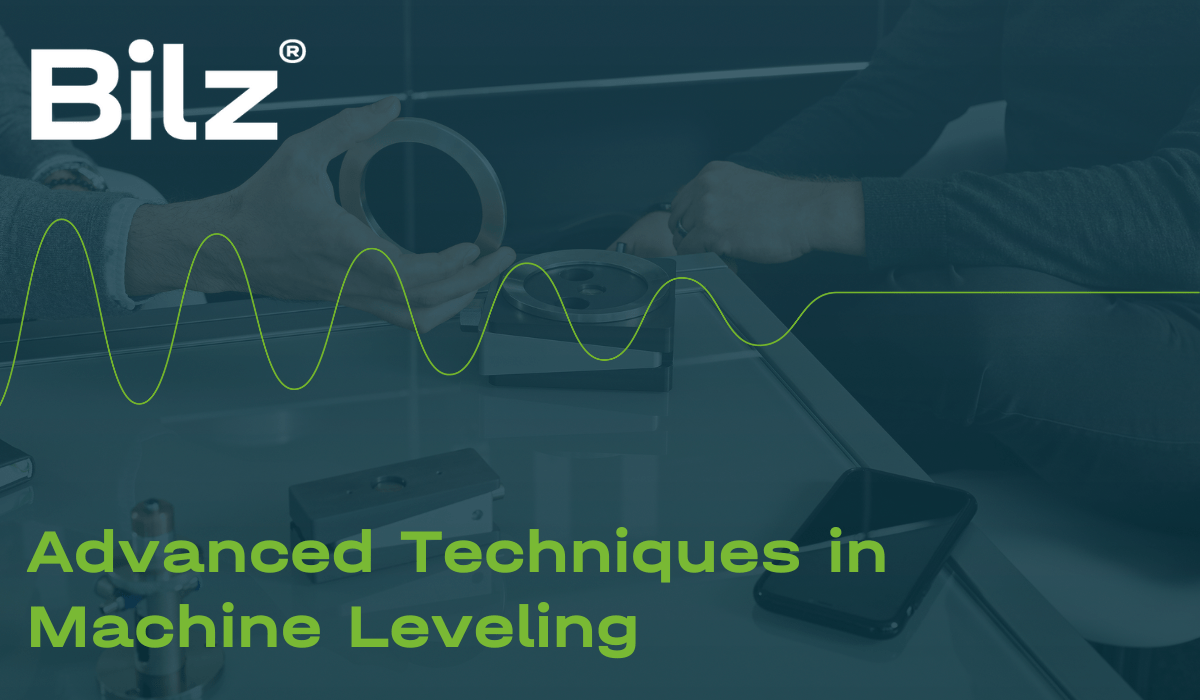

Precision in machine leveling is not just about achieving operational efficiency; it's about harnessing advanced techniques and technologies to ensure the utmost accuracy, stability, and performance of machinery. This blog post explores some of the cutting-edge methods and tools that have revolutionized the process of leveling heavy machinery, offering insights into how these advancements can be applied in various industrial settings.
Laser leveling systems represent a leap forward in precision and ease of use. These systems use laser beams to create perfectly level and aligned reference points across the machinery's base, allowing for adjustments to be made with unprecedented accuracy. The advantages of laser systems include:
Computer-aided leveling software takes the data gathered from measurement tools (like laser levels) and calculates the optimal adjustments needed for leveling. This software can model the machinery's positioning in a virtual environment, predicting how adjustments will impact overall alignment. Benefits include:
Ultrasonic level detectors use sound waves to measure distances and ascertain levelness across large machines. These tools are particularly useful in environments where laser systems might be impractical due to lighting or space constraints. Ultrasonic detectors are known for:
3D scanning technology allows for the comprehensive mapping of a machine's geometry, including its levelness and alignment relative to its intended operational position. This technology is especially useful for complex installations where traditional leveling methods fall short. Key advantages include:
Adopting these advanced techniques requires an understanding of the specific needs and constraints of your machinery and operations. Considerations should include the cost of implementation, the learning curve for new technologies, and the potential impact on downtime and productivity. Training for operators is also crucial to ensure they can effectively leverage these advanced tools and techniques.
The future of machine leveling lies in the integration of advanced technologies and techniques. By embracing these innovations, manufacturers can achieve a new level of precision and efficiency in their operations. Whether through laser leveling, computer-aided software, ultrasonic detectors, or 3D scanning, the goal remains the same: to ensure machinery operates at its highest potential, contributing to the overall success of manufacturing processes.